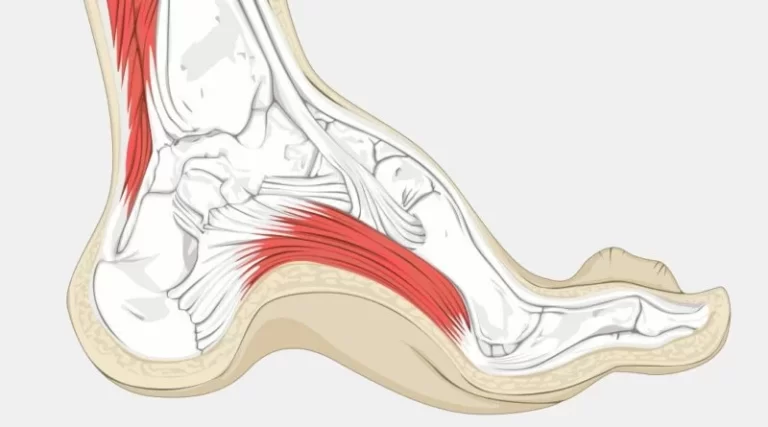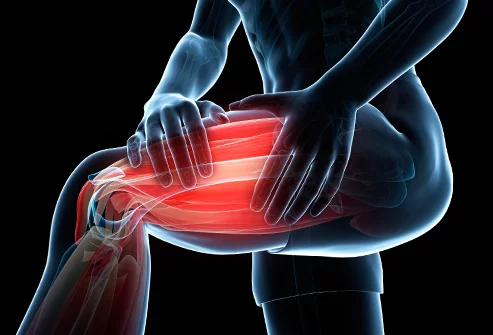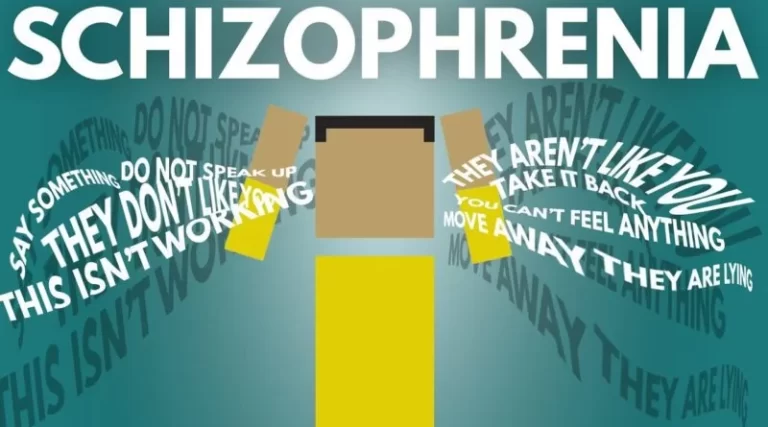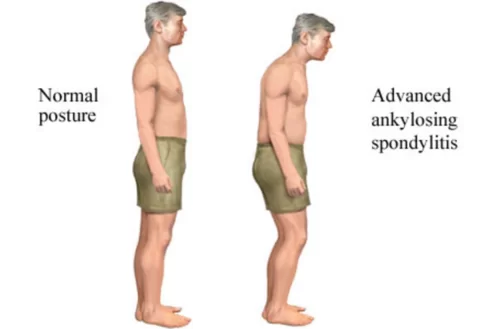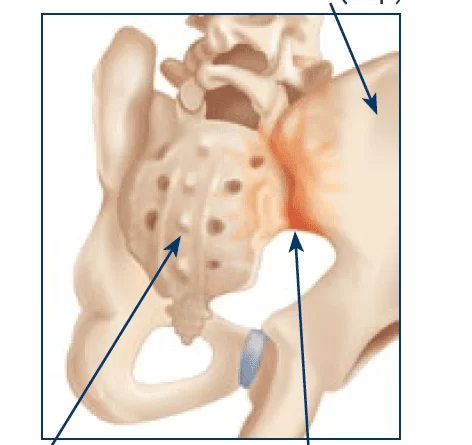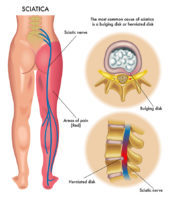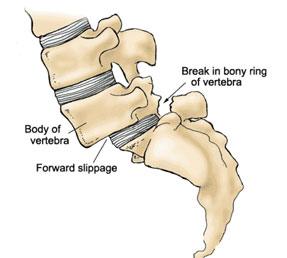Insomnia: Cause, Symptoms, Treatment, Exercise
Definition: What is the definition of insomnia? According to guidelines from a physician group, insomnia is difficulty falling asleep or staying asleep, even when a person has the chance to do so. People with insomnia can feel dissatisfied with their sleep and usually experience one or more of the following symptoms: fatigue, low energy, difficulty…


